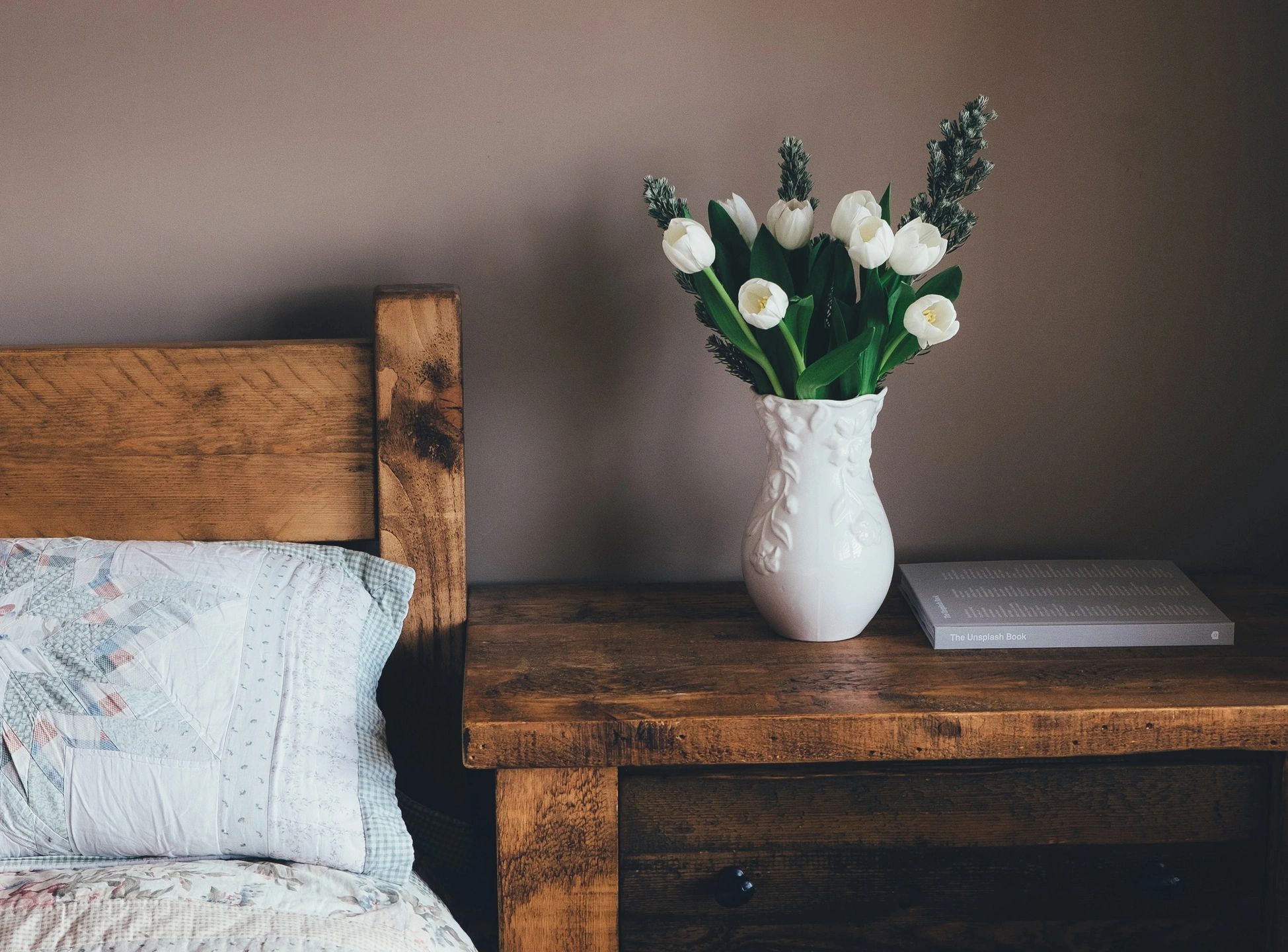In today’s world, where environmental concerns are more pressing than ever, sustainable interior design offers an inspiring solution. Homeowners and designers alike are embracing the challenge of creating beautiful spaces that are eco-friendly without compromising on style. With a growing focus on sustainability, it’s no longer necessary to choose between being environmentally conscious and achieving a stylish interior. Let’s explore how you can go green without sacrificing the chic appeal of your living spaces.
The Importance of Sustainable Materials
When considering sustainable interior design, the materials you choose play a pivotal role in the overall environmental impact. The rise of eco-friendly materials has made it easier than ever to create a green home that still exudes style.
Eco-friendly Flooring Options
One of the first things to consider is flooring. Traditional hardwood floors may be beautiful, but their production can be harmful to the environment. Instead, consider sustainable alternatives like bamboo, cork, or reclaimed wood. Bamboo, for instance, is highly renewable, grows quickly, and has a sleek, modern look that complements any style. Cork is another eco-friendly flooring option, offering a soft yet durable surface that’s naturally resistant to mold and mildew. These materials provide a sustainable foundation for your home’s aesthetic.
Sustainable Wall Coverings and Paint
Sustainable design extends to wall coverings and paint as well. Opting for non-toxic, low-VOC (volatile organic compounds) paints can drastically improve indoor air quality while reducing harmful emissions. Additionally, wallpaper made from recycled materials can add a unique texture or pattern to your walls, all while reducing waste. Whether you’re aiming for a minimalist or more opulent look, there are eco-friendly wall options that don’t compromise on beauty or function.
Recycled Furniture and Decor
When furnishing your space, consider incorporating recycled or upcycled furniture. Vintage pieces not only tell a story but also prevent waste by giving old items new life. A reclaimed wood coffee table, for instance, adds rustic charm and character to a room, while reducing the demand for new resources. Sustainability and style can coexist effortlessly when you choose furniture that emphasizes craftsmanship and longevity.
Energy Efficiency in Interior Design
Energy efficiency is a cornerstone of sustainable design. By integrating energy-saving solutions, you can reduce your carbon footprint while maintaining a comfortable and stylish living environment.
Harnessing Natural Light
One of the simplest and most effective ways to reduce energy consumption is by maximizing natural light. Large windows, glass doors, or strategically placed mirrors can flood your space with sunlight, reducing the need for artificial lighting. Natural light not only brightens up a room but also enhances the aesthetic appeal, creating a warm, inviting atmosphere.
Energy-efficient Appliances and Fixtures
In the modern world of interior design, energy-efficient appliances are a must. From refrigerators to dishwashers, choosing Energy Star-rated appliances will minimize your home’s energy consumption without sacrificing performance. Additionally, low-flow fixtures for bathrooms and kitchens can reduce water usage without compromising on style or function.
Smart Home Systems for Sustainability
Smart home systems, which control everything from heating and cooling to lighting and security, have revolutionized the way we interact with our living spaces. These systems can be programmed to optimize energy use, automatically adjusting settings based on your needs and preferences. With the right technology, you can have a home that’s both eco-friendly and cutting-edge in design.
Upcycling and Repurposing: Creative Solutions for Green Interiors
Upcycling is another great way to achieve a sustainable interior without sacrificing style. Not only does it contribute to the reduction of waste, but it also allows for creativity in design.
Vintage Furniture
Vintage furniture is a timeless trend that’s both stylish and sustainable. Whether it’s an antique armchair or a mid-century modern dresser, these pieces add character and charm to your space while promoting a circular economy. Look for items at local thrift stores, flea markets, or online marketplaces to find unique, eco-friendly additions to your home.
DIY Decor Projects
One of the best ways to personalize your home while staying sustainable is through DIY decor projects. Repurposing old materials, such as fabric scraps or wooden pallets, can result in beautiful, one-of-a-kind pieces that are as functional as they are stylish. Whether it’s creating a reclaimed wood bookshelf or repurposing glass bottles into vases, the possibilities are endless.
Repurposing Everyday Items
Repurposing everyday items into decor is an excellent way to combine sustainability with creativity. Old crates can become storage solutions, while wine bottles can be turned into stylish candle holders. With a little imagination, ordinary items can be transformed into extraordinary, eco-friendly pieces for your home.
Biophilic Design: Bringing the Outdoors In
Biophilic design, which focuses on the human connection to nature, has become increasingly popular in sustainable interior design. Incorporating natural elements into your home not only enhances the aesthetic but also promotes a sense of tranquility and well-being.
Incorporating Plants and Greenery
Adding plants to your interior is one of the most effective ways to bring the outdoors in. Indoor plants purify the air, provide a calming presence, and enhance the overall design of a room. From large potted plants to hanging planters, there are countless ways to incorporate greenery into your space.
Natural Textures and Materials
Incorporating natural textures and materials into your design can further enhance the connection between your home and the environment. Stone, wood, and leather are all timeless materials that bring warmth and texture to a space, creating an earthy, organic atmosphere.
The Role of Color in Sustainable Interior Design
Color plays a significant role in both the aesthetic and psychological impact of a space. In sustainable interior design, the use of earthy tones and calming hues can enhance both your home’s style and your well-being.
Earth Tones and Calming Hues
Colors inspired by nature, such as earthy greens, warm browns, and soft blues, evoke a sense of calm and tranquility. These tones work harmoniously in a wide range of design styles, from minimalist to bohemian, and they’re perfect for creating an eco-conscious interior. Earth tones can also make a space feel grounded and connected to the natural world.
The Impact of Color on Mood and Sustainability
Beyond aesthetics, color can influence our mood and behavior. Choosing colors that promote relaxation and a connection to nature can reduce stress, enhance focus, and contribute to a more sustainable, mindful living experience.
Summary: Sustainable Design Without Compromising on Aesthetics
Sustainable interior design proves that going green does not have to mean sacrificing style. By selecting eco-friendly materials, maximizing energy efficiency, embracing upcycling, and incorporating biophilic elements, you can create a space that reflects your commitment to both the environment and aesthetics. Whether through vintage furniture, natural textures, or energy-saving solutions, sustainability and style can go hand in hand. With thoughtful planning, your home can be as beautiful as it is environmentally conscious.
Please like, comment, and share this article if you found it helpful and
informative.
Visit Big Town Bulletin if you would like to see more of this content.
Please like, comment, and share this article if you found it helpful and
informative.
For more news check out Big Town Bulletin News
For more from Big Town Bulletin check out Big Town Bulletin


